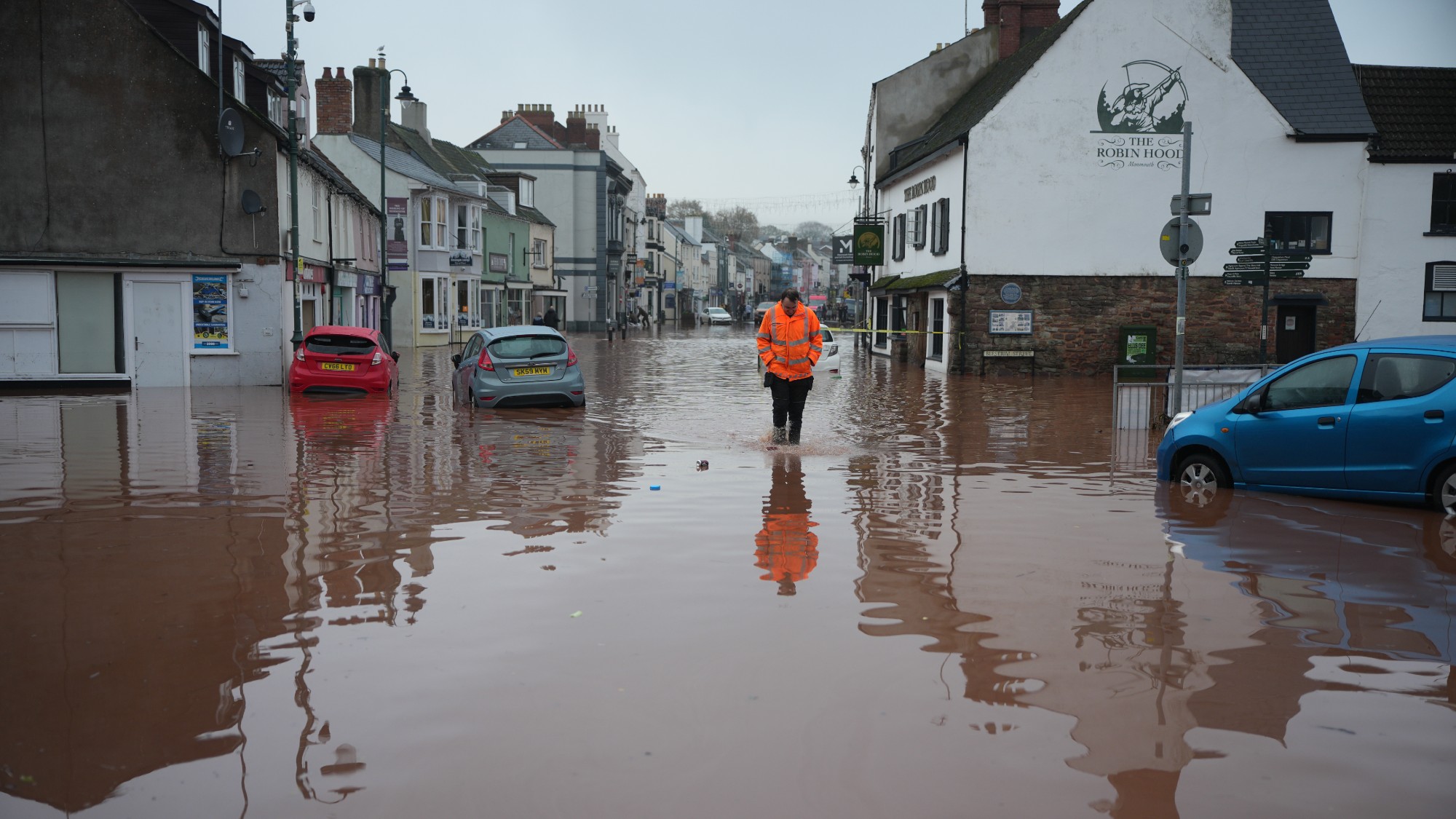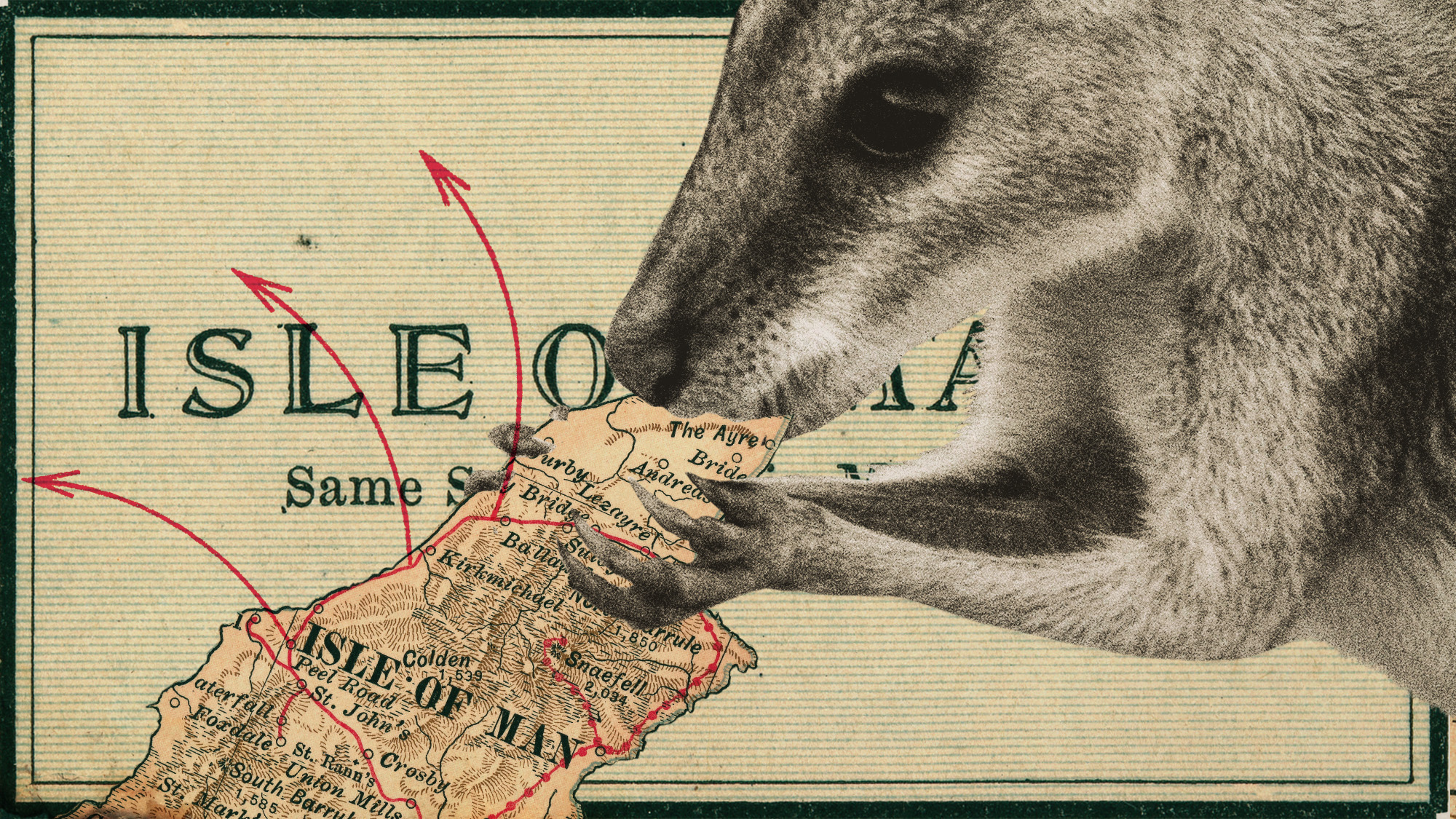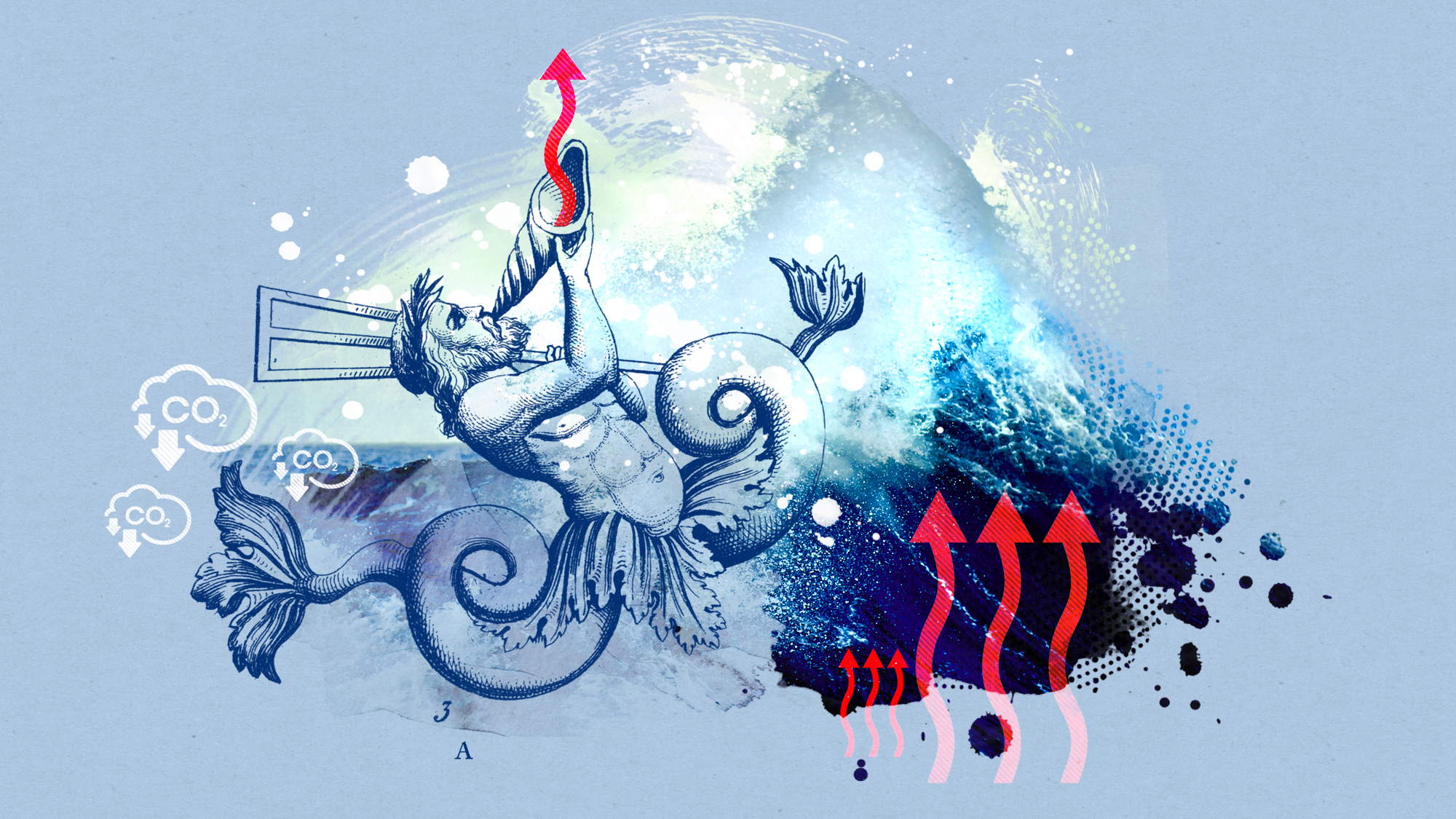Spiking whale deaths in San Francisco have marine biologists worried
Whale deaths in the city's bay are at their highest levels in 25 years


Marine biologists are sounding warning bells over an alarming trend in the San Francisco Bay Area: Whales are dying at an unprecedented level in the city's waters. While whales have always died in the San Francisco Bay Area, the number of deaths has reached a fever point, with 2025 already seeing more dead whales than any year in the past quarter century. And scientists are concerned about what this could mean for both the mammals and San Francisco's marine biome.
'Unusually high number'
At least 24 dead whales have been discovered in the waters near San Francisco this year, according to the California Academy of Sciences. This is the highest number of dead whales seen in the San Francisco Bay Area since 2000. One notable incident occurred this past May when five whales were "found dead in just one week," said CBS News.
The dead whales come from a variety of species. The majority of them, 21, have been gray whales, though two baleen whales and one minke whale have also died. This is a significantly higher total of whale deaths at this time in 2024 than the last few years, compared to 14 that died in 2019 and 15 in 2021.
The Week
Escape your echo chamber. Get the facts behind the news, plus analysis from multiple perspectives.

Sign up for The Week's Free Newsletters
From our morning news briefing to a weekly Good News Newsletter, get the best of The Week delivered directly to your inbox.
From our morning news briefing to a weekly Good News Newsletter, get the best of The Week delivered directly to your inbox.
There has also been an "unusually high number" of whale sightings this year in the Bay Area, with "more than 30 individual gray whales confirmed via photo identification," said the California Academy of Sciences. In comparison, only "six gray whales were sighted in the bay" in all of 2024.
'If you see a blow, go slow'
Many of these whales have been killed by boat strikes as the whales were migrating, scientists say. Grey whales in particular migrate through the region to reach Arctic feeding waters. 2024's increase in migrating whales suggests the whales are becoming more prevalent and therefore harder for boaters to avoid. This often leads to collisions with vessels. Gray whales have a "very low profile in the water that can make them difficult to sight, unlike other coastal whales like humpback whales," said the California Academy of Sciences.
Scientists have cautioned that it is "vital that all boaters, from large commercial vessels to sailboats, be whale-aware. If you see a blow, go slow," said Kathi George, the director of cetacean conservation biology at the Marine Mammal Center, in a statement. But while at least "eight of the gray whales were probably killed by vessel strikes," the "cause of death for the others was uncertain," said The Independent.
Many are concerned that continued whale deaths could lead to heightened problems for scientists, who attempt to use the whale to study food supply levels and ocean climate trends. There are "signs of concern for this population as it moves forward into the future," George said to ABC News. What scientists are "trying to learn is: We know that climate change is changing ocean conditions and changing prey availability for these whales in the Arctic," and the Bay Area is a "puzzle piece" to this migration. For now, people in San Francisco who spot whales can report them through a special app called Whale Alert or on the Marine Mammal Center's website.
A free daily email with the biggest news stories of the day – and the best features from TheWeek.com
Justin Klawans has worked as a staff writer at The Week since 2022. He began his career covering local news before joining Newsweek as a breaking news reporter, where he wrote about politics, national and global affairs, business, crime, sports, film, television and other news. Justin has also freelanced for outlets including Collider and United Press International.
-
 Could smaller cars bring down vehicle prices?
Could smaller cars bring down vehicle prices?Today’s Big Question Trump seems to think so, but experts aren’t so sure
-
 2025’s most notable new albums
2025’s most notable new albumsThe Week Recommends These were some of the finest releases of the past year
-
 Trump aims to take down ‘global mothership’ of climate science
Trump aims to take down ‘global mothership’ of climate scienceIN THE SPOTLIGHT By moving to dismantle Colorado’s National Center for Atmospheric Research, the White House says it is targeting ‘climate alarmism’
-
 How will climate change affect the UK?
How will climate change affect the UK?The Explainer Met Office projections show the UK getting substantially warmer and wetter – with more extreme weather events
-
 The UK’s surprising ‘wallaby boom’
The UK’s surprising ‘wallaby boom’Under the Radar The Australian marsupial has ‘colonised’ the Isle of Man and is now making regular appearances on the UK mainland
-
 The Southern Ocean is holding in a ‘burp’
The Southern Ocean is holding in a ‘burp’Under the radar The heat from the past can affect the future
-
 Builders return to the stone age
Builders return to the stone ageUnder the Radar With brick building becoming ‘increasingly unsustainable’, could a reversion to stone be the future?
-
 Eel-egal trade: the world’s most lucrative wildlife crime?
Eel-egal trade: the world’s most lucrative wildlife crime?Under the Radar Trafficking of juvenile ‘glass’ eels from Europe to Asia generates up to €3bn a year but the species is on the brink of extinction
-
 Scientists want to use enhanced rock weathering to cool the Earth
Scientists want to use enhanced rock weathering to cool the EarthUnder the radar Rock dust could trap atmospheric carbon
-
 Icarus programme – the ‘internet of animals’
Icarus programme – the ‘internet of animals’The Explainer Researchers aim to monitor 100,000 animals worldwide with GPS trackers, using data to understand climate change and help predict disasters and pandemics
-
 Endangered shark meat is being mislabeled and sold in the US
Endangered shark meat is being mislabeled and sold in the USUnder the radar It could cause both health and ecological problems
